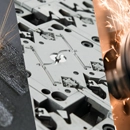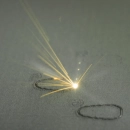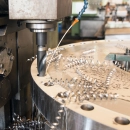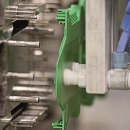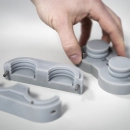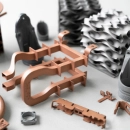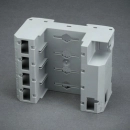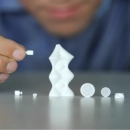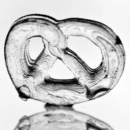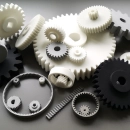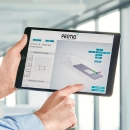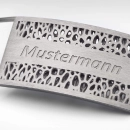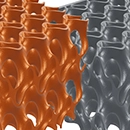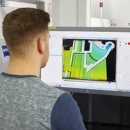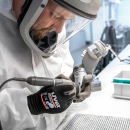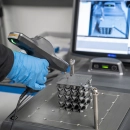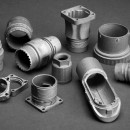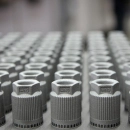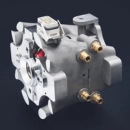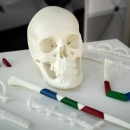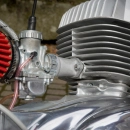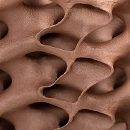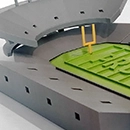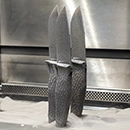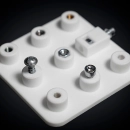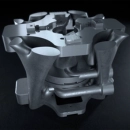Anodizing
Anodizing is an electrochemical process for the surface treatment of metals, in particular aluminium, which increases corrosion resistance and at the same time offers improved mechanical resistance and an attractive appearance. During the anodizing process, the aluminium is immersed in an acid solution and integrated into an electrical circuit as an anode. This leads to the formation of an even, porous oxide layer on the metal surface, which protects the underlying structure from environmental influences.
The resulting oxide layer is firmly bonded to the base material and can vary in thickness and hardness depending on process parameters such as voltage, duration and temperature of the bath. In addition to increased corrosion resistance, anodizing also results in increased wear protection and also offers the possibility of creating aesthetically pleasing colors by incorporating colour pigments.
Another advantage of anodizing is the improvement of electrical insulation characteristics, which can be useful in certain technical applications. The specific properties of the anodized material can be further optimized by additional processing steps such as sealing the porous oxide layer. This process is often used in the automotive, aerospace and construction industries as it offers both functional and aesthetic benefits.
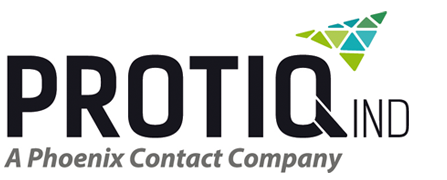


 Deutsch
Deutsch English
English Italiano
Italiano